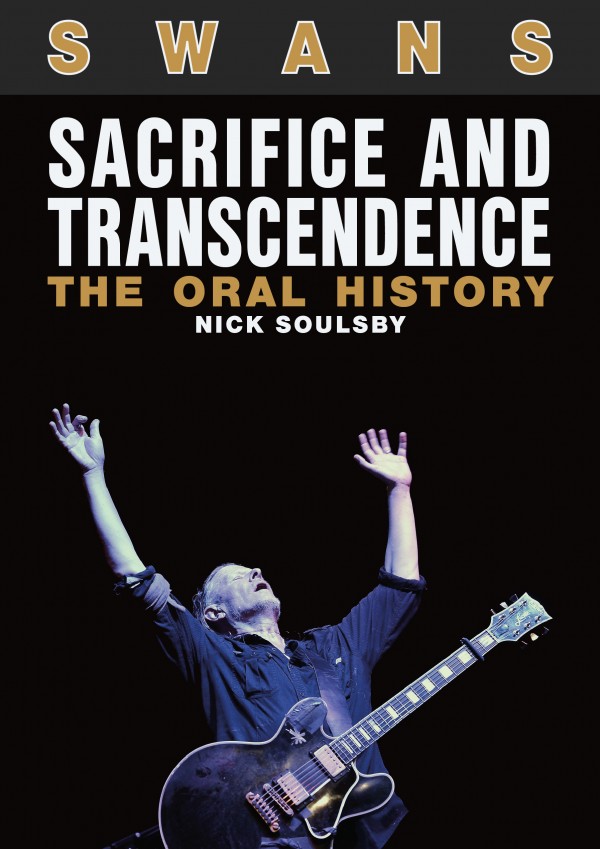As the author of this book notes, it is odd given how influential Swans are that this is the first major biography on them. However, as they are below the radar of many music listeners, it is also not that surprising.
For those who are aware of the band, a certain mythology has grown around them. Part of this mythology is that Swans are not a band but the singular artistic vision of one man, Michael Gira, with a revolving line-up of others. This view is just one of the opinions that the book sets out to challenge, pointing out Gira has rarely thrived in a solo environment and tended to gravitate towards bands or collaborative projects.
The book also convincingly sets out its stall that while Gira is undoubtedly the figurehead of the band, the Swans sound would not have evolved over the decades in the same way if not for, what the author refers to as the “churn of humanity”, that have come and gone over the years.
In this meticulously researched book, we hear from the majority of this churn of humanity, as author Nick Soulsby conducted more than 125 interviews in the making of this work. It is so that all of these voices can become heard that Soulsby decided to make this an oral history, stating that it “honours the stories people want to tell, rather than a single privileged view.” An admirable standpoint, but as with a lot of oral histories, events can get sometimes get muddied by having several conflicting views of certain individual episodes. In these circumstances, it would be useful to have an authorial voice to intervene.
The oral history form could also have tripped up if many of the voices had been dull. Luckily, that is not the case, as most of the interviewees, whether bandmates, roadies, sound engineers, label people, critics or Gira’s brother are engaging and provide fascinating insights both into Gira and Swans’ iconic sound.
Given Gira’s fearsome dictatorial reputation it may come as a surprise both how open he is about his failings and his willingness to accept the criticism from others featured here. There is no question that this is an unvarnished look at Gira, with the various participants pulling no punches. It also shows, though, why people were willing to go to such lengths for him and the music they were trying to create.
The discussion of the music turns out to be just as fascinating as the material on Gira, as the various members of Swans are all accomplished musicians. Their passion for creating art springs off the page, not that that should be a surprise when you read about the epic recording sessions and eight-hour soundchecks. Particularly fascinating are the contributions from longstanding on-off members, vocalist/keyboardist Jarboe (who was also Gira’s partner for a long time) and guitarists Norman Westberg and Kristof Hahn.
In Sacrifice and Transcendence, Soulsby has curated a unique and engrossing portrayal of one of the most unique and influential bands of the last 40 years which can be enjoyed by the initiated and the non-initiated alike.
Published by Jawbone Press, 366pp, £14.95
